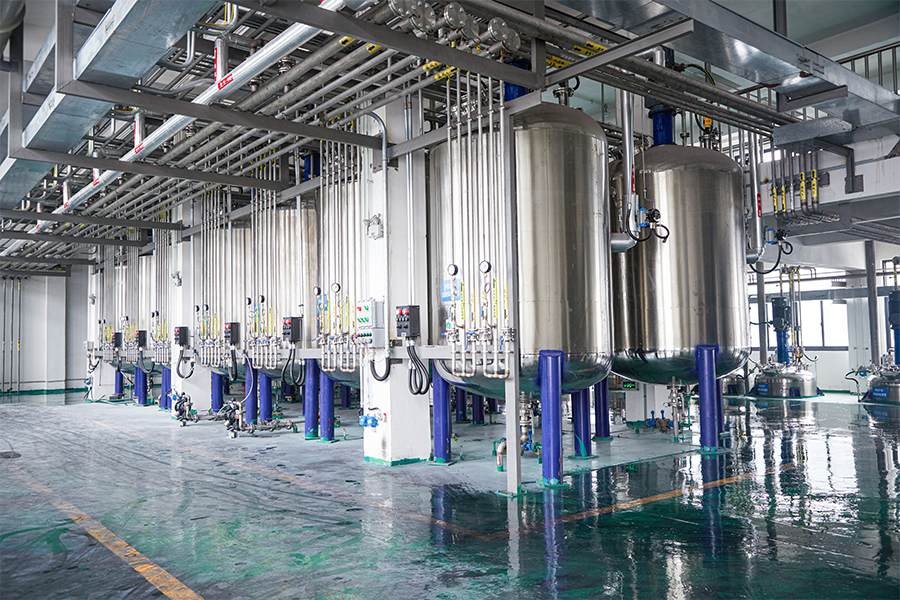When selecting a coating system for any application, many people ask: is water-based coating more eco-friendly than an oil-based coating? Right from the start, it is important to treat them side by side, because any fair evaluation must compare water-based coating and oil-based coating in terms of environmental impact, health safety, and long-term performance.
Why Environmental Impact Matters
VOCs and Air Quality
One of the central reasons people consider water-based coatings is their lower emissions of volatile organic compounds (VOCs). Oil-based coatings typically contain organic solvents that evaporate during curing, releasing VOCs into the air. These VOCs contribute to indoor and ambient air pollution and may pose health risks such as eye irritation, headaches, or respiratory distress.
Water-based coatings use water as the main carrier, which reduces the need for volatile solvents. Many modern formulations achieve substantially lower VOC levels, making them friendlier to indoor air quality.
Regulatory Pressure and Standards
Around the world, environmental regulations are tightening limits on allowable VOC emissions from coatings and paints. Many jurisdictions favor low-VOC or zero-VOC formulations. In such a regulatory climate, water-based coatings have a competitive advantage, since they more easily comply with stricter emissions standards.
Safer Handling and Disposal
With oil-based coatings, cleanup and disposal often require solvents or thinners, which are themselves hazardous to the environment and may require special waste treatment. In contrast, water-based coatings often allow tools and residues to be cleaned with soap and water, reducing chemical waste streams and simplifying disposal.

Performance Trade-Offs: Eco vs. Longevity
Durability and Lifespan
A coating’s environmental footprint should be measured over its full lifecycle. If a water-based coating must be reapplied much sooner than an oil-based coating, the repeated applications may negate much of the ecological advantage. Historically, oil-based coatings offered greater durability, especially in harsh environments.
However, recent advances in waterborne resins and additives have significantly improved performance, narrowing that gap. Many modern water-based formulations now offer solid weathering resistance, adhesion, and flexibility.
Flexibility and Crack Resistance
Water-based coatings tend to maintain flexibility better over temperature cycles, which helps resist cracking or delamination on substrates that expand and contract. Oil-based coatings, when fully cured, often form a rigid film. In fluctuating temperature and humidity, that rigidity can cause to microcracks over time.
Color Stability and Yellowing
Oil-based coatings, especially those using natural oils or resins, may yellow with time under UV exposure. Water-based coatings generally resist yellowing better, helping maintain visual appearance longer. This is part of the eco argument: if the appearance holds longer, repainting might be delayed.
Real-World Applications: Where Water Wins (and When Oil Holds On)
Indoor and Sensitive Environments
For coatings used indoors—offices, schools, hospitals, homes—low odor and low VOC emissions are major pluses. Here, water-based coatings are widely preferred to minimize occupant exposure to fumes.
Exterior Use and Harsh Conditions
In extreme outdoor settings—coastal zones, industrial sites, high UV zones—some oil-based or hybrid coatings may still offer structural advantages. That said, high-performance waterborne coatings are increasingly engineered for those conditions.
Maintenance Cycles and Economic Considerations
From a user perspective, if a water-based coating needs recoating every 5–7 years but an oil-based system lasts 10–15 years, the longer life of the oil option changes the effective environmental cost per year. A full life-cycle assessment must account for raw materials, application, maintenance, and disposal.


 English
English русский
русский Español
Español Português
Português عربى
عربى
